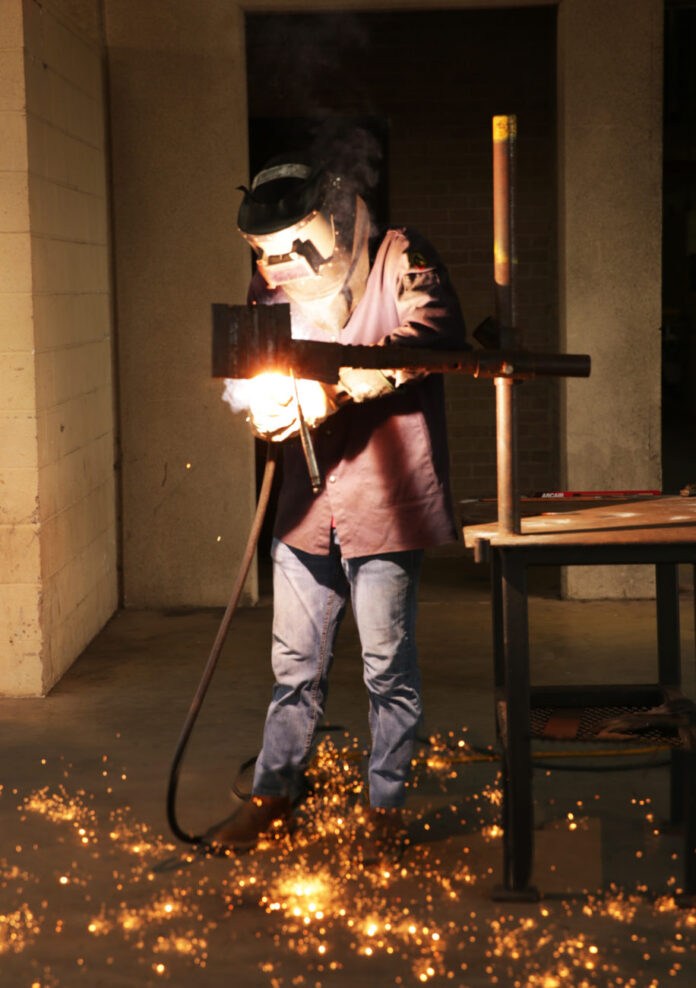By Amanda Sotelo, TSTC Staff
Welding Technology at Texas State Technical College in Harlingen is ranked number seven in the nation as one of the best welding programs by Washington Monthly.
And with welders always in demand across our region, state and country, students in the program, which holds a 96 percent job placement rate, can expect to start their careers before or immediately after graduating.
Lead instructor Ramiro Villarreal said to keep up with the program’s popularity, Welding Technology also offers evening classes, workforce training and continuing education for local industry partners.
According to the U.S. Bureau of Labor Statistics there are more than 400,000 available welding positions with an average starting pay of $20 an hour and will grow six percent by 2026.
Villarreal explains what type of training students will be exposed to when enrolled in Welding Technology and how TSTC is helping to fill this skills gap.
What is the length of the program?
For a Certificate 1 the program is three semesters, or one year. For a Certificate 2 or an Associate of Applied Science degree the program is four semesters long.
What can a student expect when they graduate?
When a student graduates, they can expect to be at mid-level to high-level skilled welder. The average student will graduate and get a job as a Class B welder in a range from Class A-C.
What skills do you learn in Welding Technology?
What separates TSTC’s welding program from others is the in-depth look TSTC gives its students. The program’s instructors will train student in more than just welding in areas such as safety, blueprint reading and specifications of metals, wires and machines. Students in the program will receive an advanced understanding of the why’s and how’s of welding.
What types of technology are being used to teach these skills?
Advanced technologies in welding are being used to train Welding Technology students. In addition to 100 welding stations and a pipe fitting training station, the program also uses orbital welders, semi-automatic welders, Computer Numerical Control (CNC) operated plasma cutters, robotic arm welder, along with the software and programming it takes to run these machines.
How do these skills prepare the student for the workforce?
With the training students receives in Welding Technology their opportunities are limitless. They have the ability to work nearly anywhere as structural welders, layout/fabrication welders, pipe welders, pipe fitters, solderers and brazers.
What kind of positions can a graduate from this program obtain, and where can they work?
The industry partners that hire a number of our students are Kiewit, one of the largest construction and engineering organizations in North America; Turner Industries, a turnkey heavy industrial services provider; Gulf Marine Repair, a full-service shipyard that provides marine-related parts or structure repair and fabrication; and Bechtel, the largest construction company in the United States and the 11th largest privately owned American company.
Welding Technology graduates can also find work on off-shore rigs, refineries, oil fields and liquefied natural gas pipelines.




